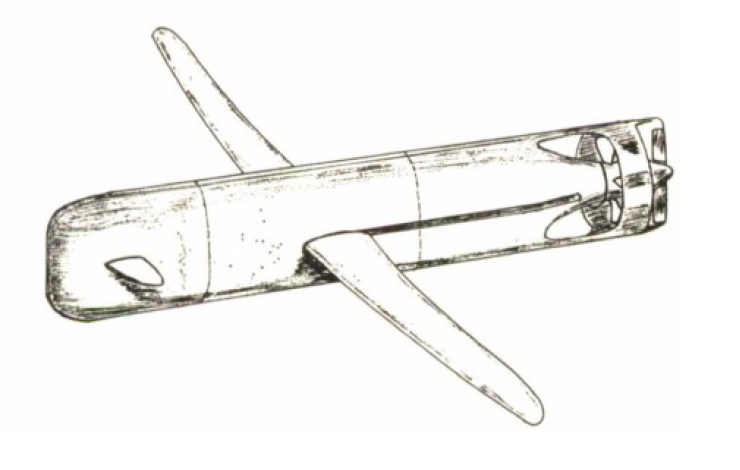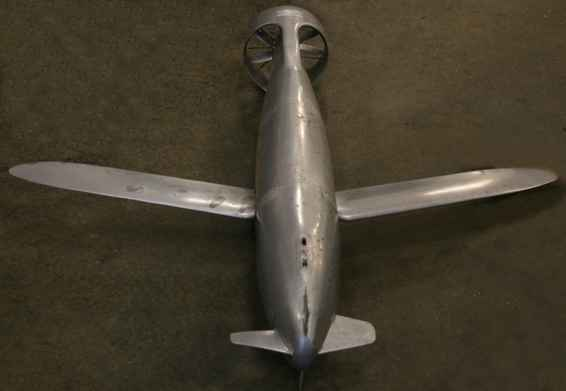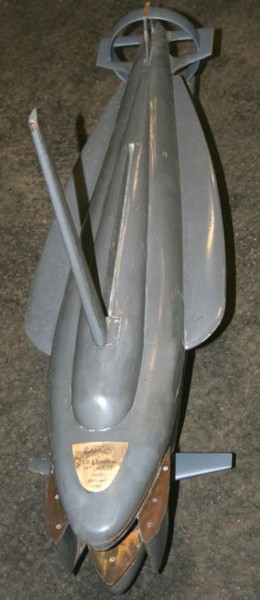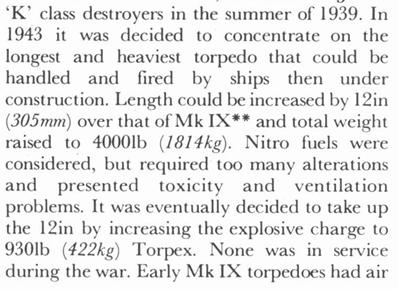Concerning the post-war period, Arthur E. Burke in -Torpedoes and their impact on naval warfare- talks about the effort to develop new torpedoes. p171-172. " During World War II, the British developed the Mark XI, an electric torpedo based on a captured German G7e torpedo. The Mark XI torpedo never went into volume production, but, after the war, when the British started to develop a new ASW homing torpedo, the British selected the electric propulsion system for further development since it was inherently quieter. The performance of torpedo homing systems is degraded by the torpedo's self-noise, so the quiet, but less energetic, electric propulsion system was a logical choice. The first new British homing torpedo developed, initiated in 1950, was the electric-powered Mark 20 torpedo designated as a submarine weapon for ASW missions. The Mark 20 torpedo, developed by the Admiralty Underwater Weapons Establishment (AUWE) in Portland, had passive homing, a speed of 20 knots, and a range of 12,000 yards. While the Mark 20 torpedo was still in development, the Royal Navy staff issued a requirement for an improved Mark 23 torpedo, which was basically a Mark 20 torpedo with a midcourse wire guidance capability added.
The British faced an urgent need for higher-performance ASW torpedoes as nuclear submarines became an operational reality in the late 1950s. The Royal Navy staff issued a requirement in 1959. based on AUWE developmental efforts, for a new weapon concept codenamed "Ongar." This effort provided the technology base for generating a follow-on requirement for a new higher-performance Mark 24 submarine-launched ASW torpedo. The wire-guided Mark 23 torpedo was then redesignated an interim weapon to be used for training the fleet in the use of wire guidance. The Mark 24 torpedo was to be a wire-guided, electric-powered torpedo with an active/passive homing system. A number of problems caused serious delays in the development program, and, in 1969, Parliament directed that the program be transferred from AUWE to industry. The Royal Navy then assigned responsibility for completing the Mark 24 torpedo development to Marconi Space and Electronics Ltd. By 1974, the first Mark 24 production prototypes were going to sea. To stimulate export sales of the weapon, the British renamed the Mark 24 torpedo, calling it the Tigerfish. The British did sell some Tigerfish torpedoes to the Brazilian Navy, but because of the long delays experienced during the development phase, the technology was out of date by the time it entered the fleet. To counter the second-generation nuclear submarine threat, the British faced the need for yet another submarine ASW torpedo.
Right after World War II, the British also addressed the need for new aircraft torpedoes. The Zonal flying torpedo was under development until 1949 when the British decided to cancel the Zonal program and concentrate their resources on the development of a new aircraft-delivered ASW homing torpedo. The Royal Navy issued a staffrequirement in March 1950 for a new lightweight ASW torpedo, 18 inches in diameter by 8 feet long with a weight of 630 pounds. The new Mark 30 torpedo, initially codenamed "Dealer B," was electrically powered, had a passive homing system, and had a 25-knot speed with a 2,500-yard range. The development experienced a number of delays; by the time the Mark 30 was ready for fleet issue; it was approaching obsolescence. The Mark 30's modest performance limited its operational effectiveness; when the nuclear submarine made its appearance, the Mark 30's fate was sealed. The Mark 30 lightweight torpedo program was canceled in 1956, and the British purchased U.S. Navy Mark 43 and Mark 44 torpedoes for use with their new "Match" ASW helicopter. In an effort to reduce their export expenditures, the British decided to build an anglicized version of the U.S. Navy Mark 44 torpedo and designated it the RN Mark 31 torpedo. This joint effort, conducted by the Royal Navy Torpedo Factory and Plessy Ltd, experienced unanticipated delays during the conversion program; by the time the Mark 31 torpedo entered the fleet, it was outperformed by the newer nuclear submarines. As a stopgap measure, the British purchased U.S. Navy Mark 46 torpedoes."






